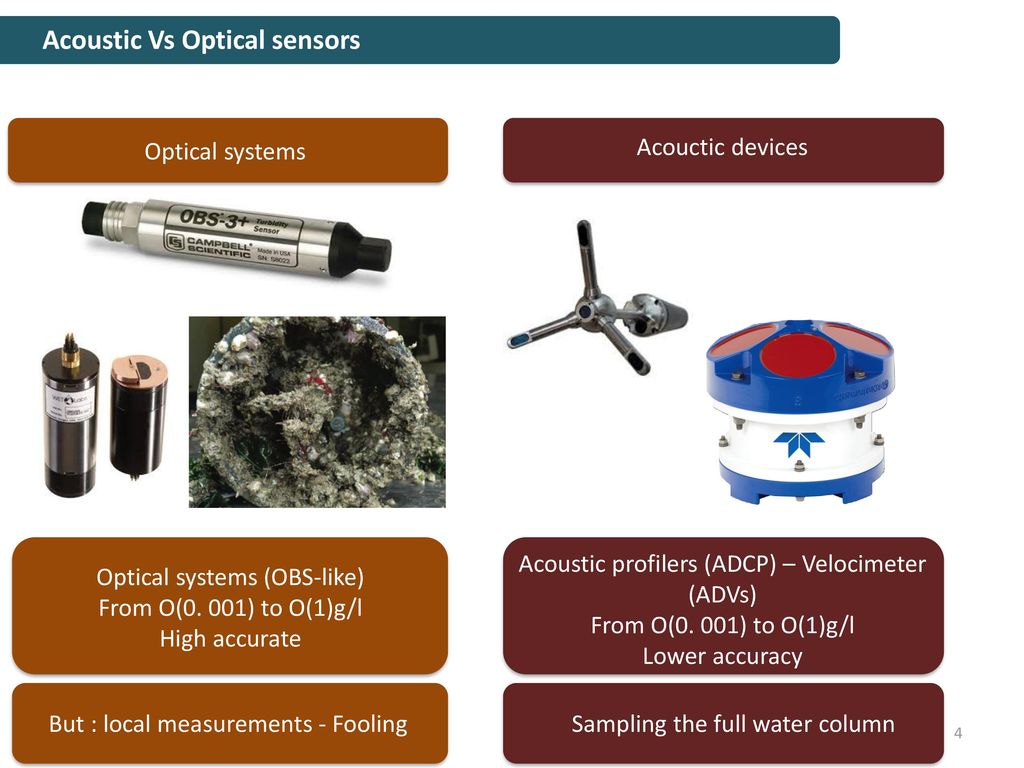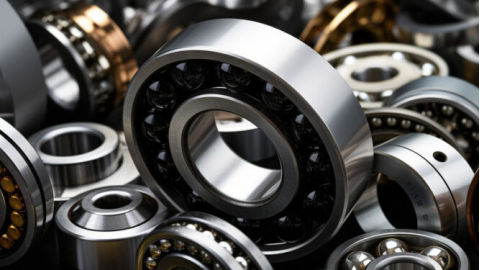Top 10 Optical and Acoustic Measurement Companies
Optical and acoustic measurement technologies are fundamental to modern science and industry. They provide precise insights into the physical world. Optical methods use light to measure distance, surface topography, and chemical composition. Acoustic methods use sound waves to analyze material properties and structural integrity. These tools are vital for many sectors, including semiconductor manufacturing, biomedical research, and industrial automation. This guide explores the top companies driving innovation in these fields.

Market Overview and Industry Impact
The market for optical and acoustic measurement tools is growing fast. This growth is driven by the need for automation and strict quality control. Optical measurement dominates in semiconductors for nanoscale inspection. Acoustic measurement is essential for oil and gas exploration and medical imaging. Key trends include using AI for data analysis and a shift to portable, cloud-based solutions. Demand for non-destructive testing techniques is also rising. Regulatory standards like ISO 9001 push the need for accurate and reliable tools.
Leading Optical Measurement Companies
Several companies lead the field in optical measurement technology.
Carl Zeiss Industrial Metrology is known for high-precision coordinate measuring machines and blue light scanning for metrology.
Keyence provides innovative laser scanners and vision systems for automated quality control.
Mitutoyo offers a wide range of optical comparators and vision measuring systems, famous for their reliability.
Evident (formerly Olympus Scientific Solutions) focuses on industrial endoscopes and microscopes for non-destructive testing.
Jenoptik supplies optical sensors and metrology systems for automotive and aerospace applications.
Shimadzu manufactures spectrometers and microscopes for material analysis and surface inspection.
Amphotonix specializes in optical interferometry solutions for high-precision manufacturing.
Leading Acoustic Measurement Companies
These companies are pioneers in acoustic and vibration analysis technology.
Brüel & Kjær is a benchmark in acoustics, providing microphones and analyzers for noise mapping and structural testing.
Siemens PLM Software offers Simcenter simulation tools for modeling acoustic performance.
Emerson (formerly National Instruments) provides modular hardware and software for acoustic test and measurement.
PCB Piezotronics specializes in industrial accelerometers and microphones for extreme environments.
GRAS Sound & Vibration makes high-precision acoustic sensors for research and development.
Head acoustics is known for its binaural recording systems for subjective assessment, like vehicle NVH.
Dewesoft delivers integrated data acquisition systems for noise and vibration analysis.
Technology Innovation and Research
Optical measurement is advancing with quantum sensing for sub-nanoscale metrics. High-speed optical coherence tomography enables real-time inspection. In acoustics, fiber-optic based Distributed Acoustic Sensing (DAS) is changing seismic monitoring and pipeline inspection. Companies are integrating AI and machine learning for automatic defect recognition. This reduces the need for human intervention. Research focuses on making devices smaller, more energy-efficient, and more durable. Investments are also going into augmented reality interfaces for better data visualization.
Applications and Industry Use Cases
These technologies have critical applications across industries. Automotive makers use optical measurement for precise engine parts and body panels. They use acoustic measurement to optimize vehicle Noise, Vibration, and Harshness (NVH). In aerospace, acoustic cameras find noise sources in jet engines. Optical scanners ensure the aerodynamic precision of turbine blades. Electronics manufacturers use Automated Optical Inspection (AOI) to find PCB defects. In energy, acoustic sensors monitor the structural health of wind turbines. Optical tools inspect solar panels. Medical device makers use optical metrology for implants. Acoustic tools calibrate ultrasound imaging systems.
Key Considerations for Choosing a Provider
Selecting a measurement company requires careful evaluation. First, assess the measurement accuracy, resolution, and compliance with standards like ISO 17025. Check for compatibility with your existing production or research setup. This includes software integration and hardware interfaces. evaluate the supplier's after-sales support, training programs, and spare parts availability. Consider the total cost, which includes the initial investment, maintenance contracts, and the potential return on investment from improved efficiency. Look at the company's expertise in emerging technologies and its ability to provide custom solutions. Always review customer testimonials and case studies to confirm reliability and performance.




